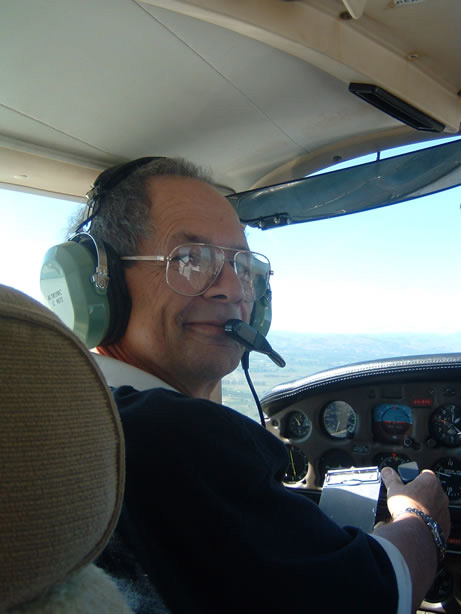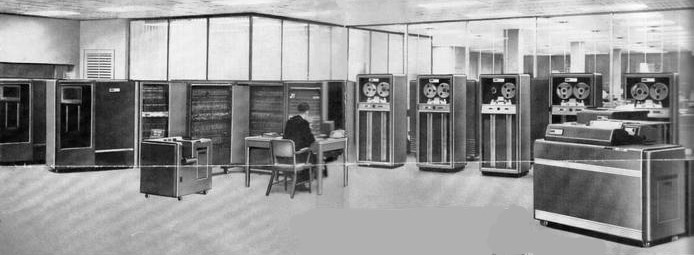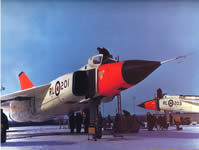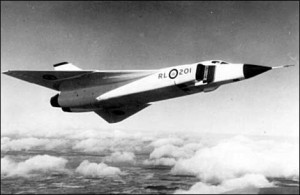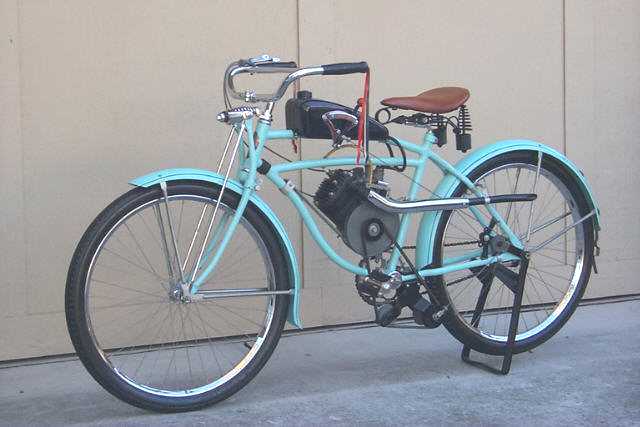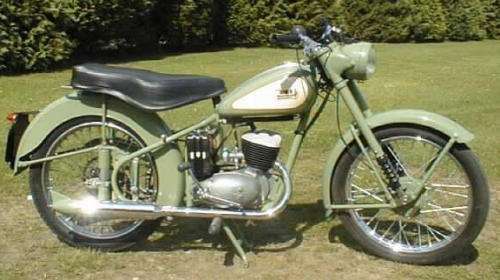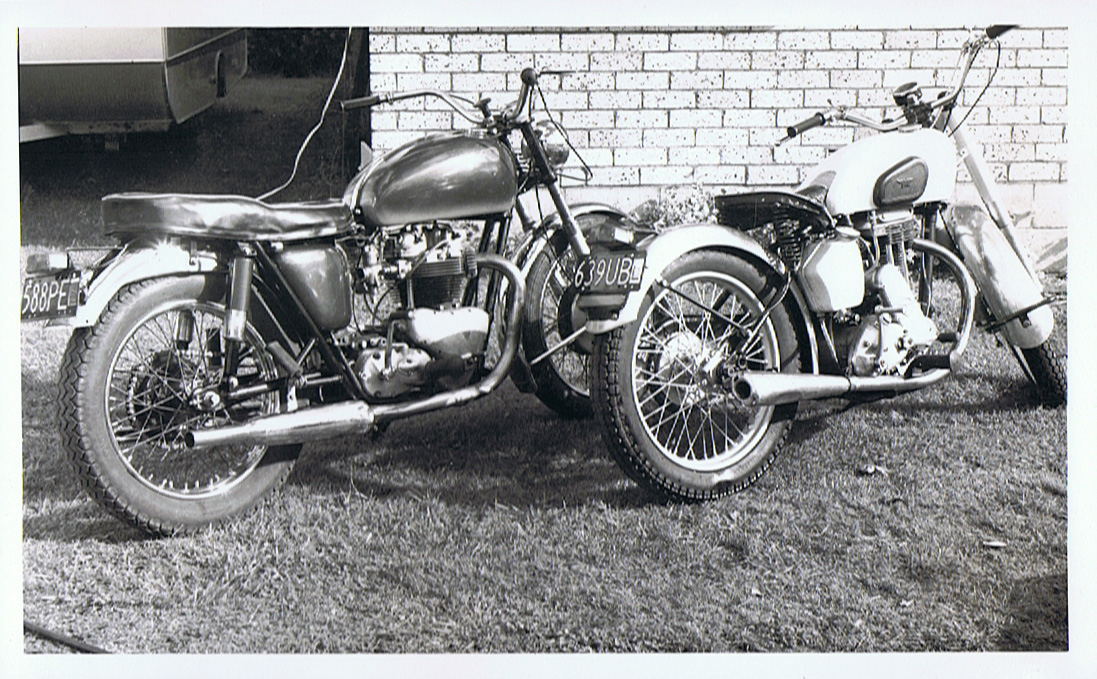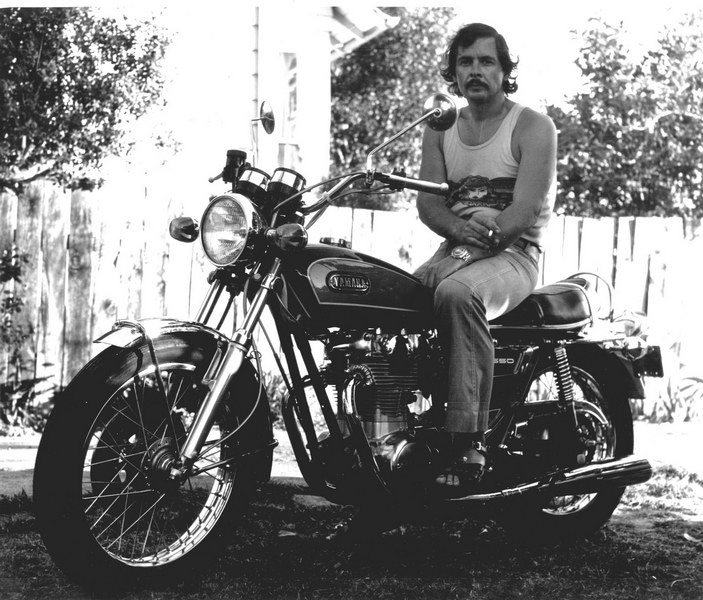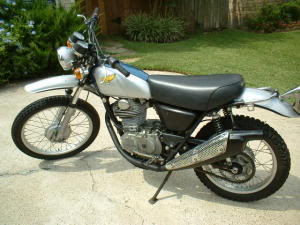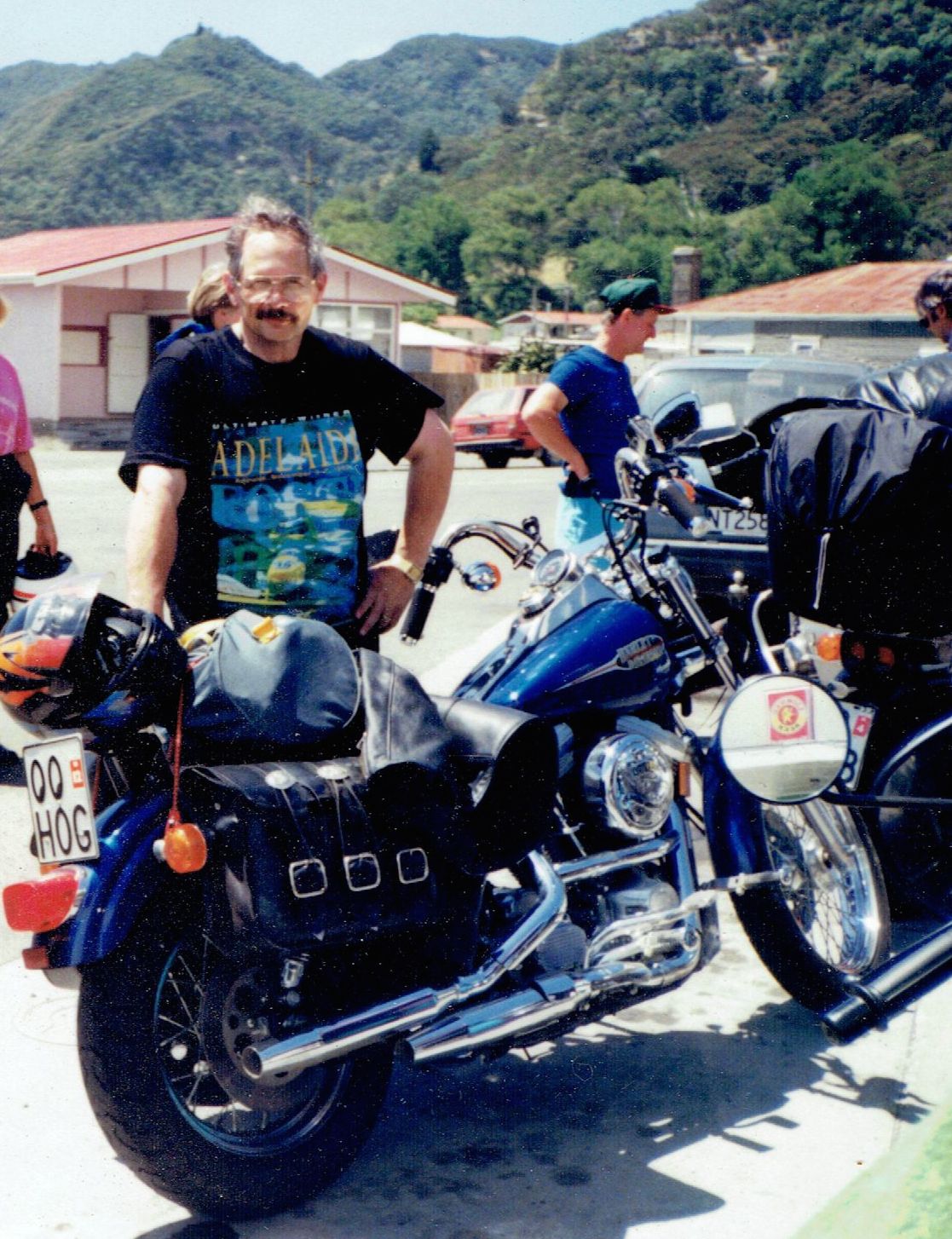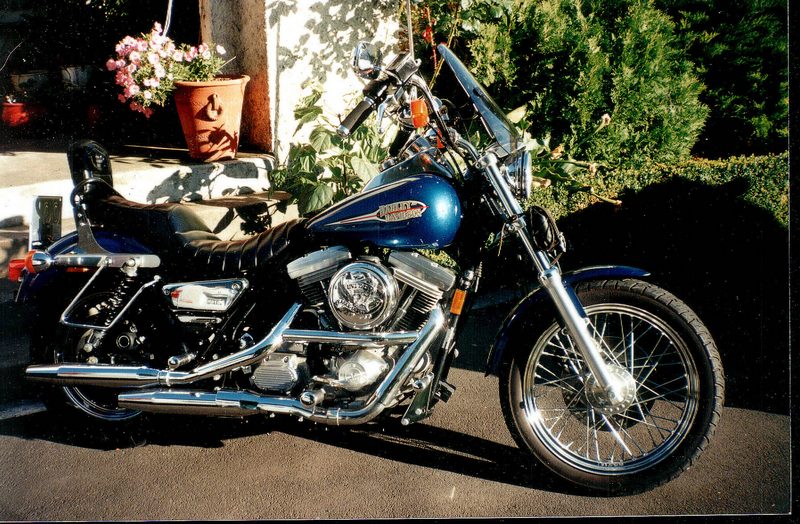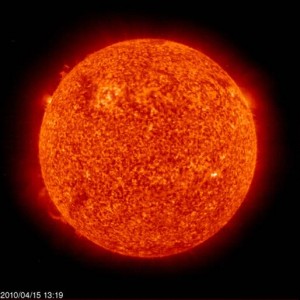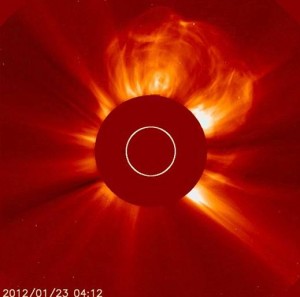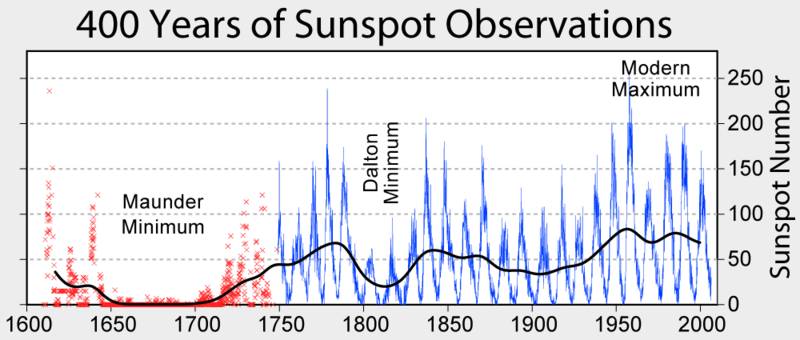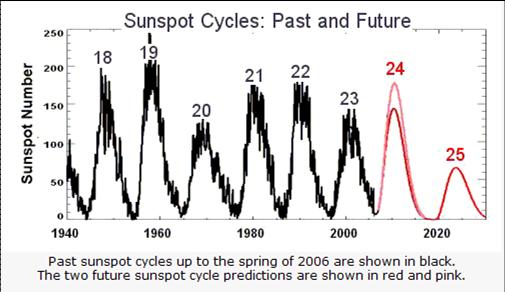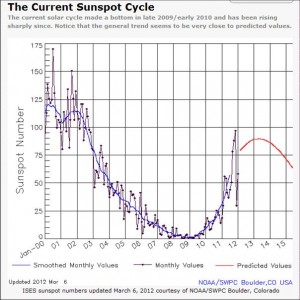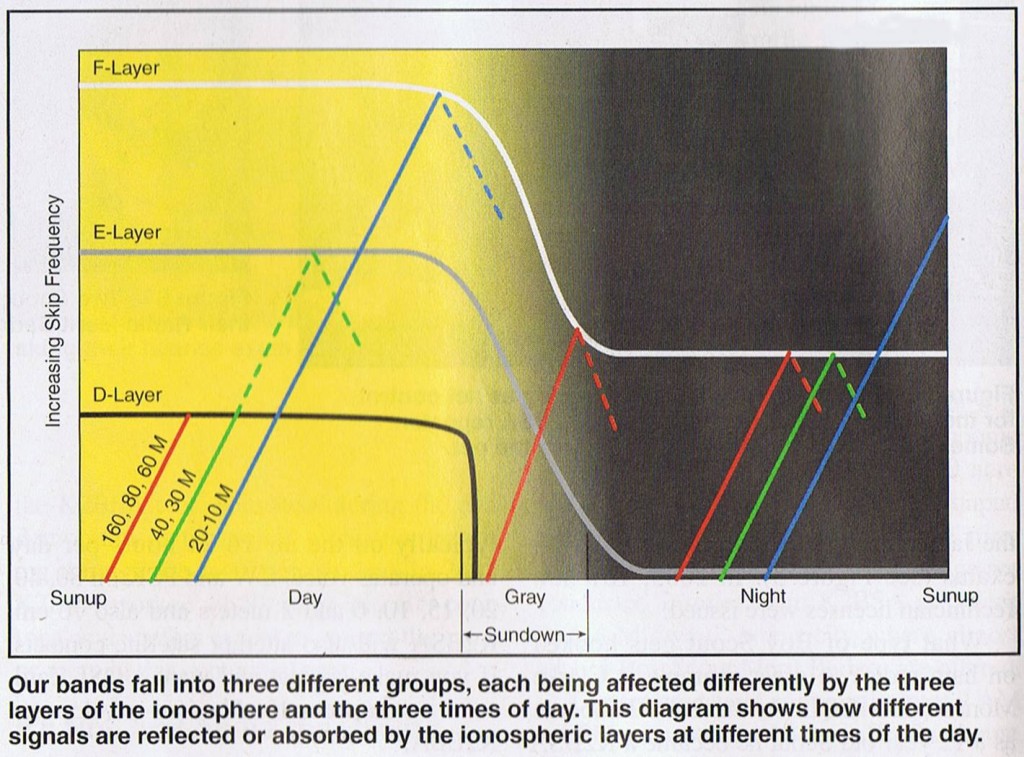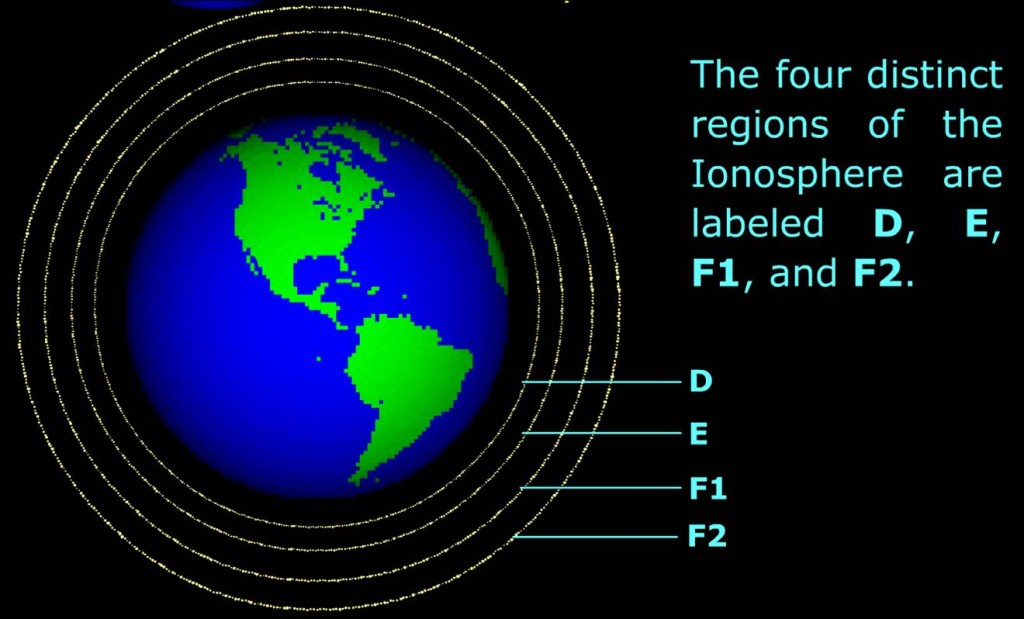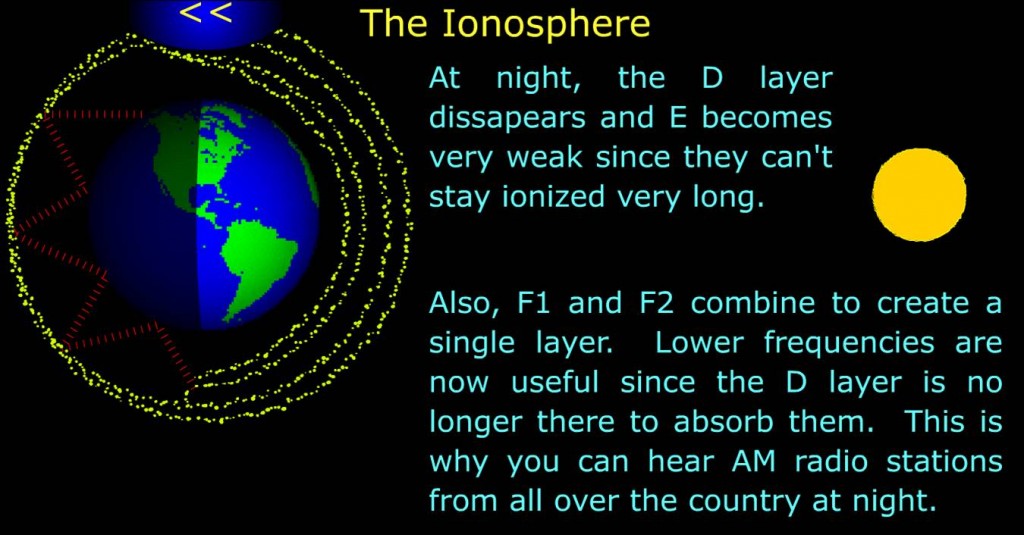When I was a kid I was always mad keen on anything that flew. My Dad owned a bicycle and sporting goods shop near Yorkville in Toronto and sold model aircraft kits and supplies. model aircraft were alsways under construction in my workshop room in the basement of the shop. We lived in the flat behind the shop. Free flight and control line were the two methods of controlling model aircraft at that time. Both were unsatisfactory until radio control came along in the late 1950s. The equipment was expensive, mostly home built and unreliable. By that time I was about to realize my dream of actually flying a real aircraft.
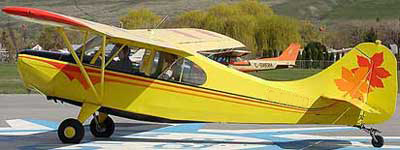
The Aeronca 7ECA Champion
I learned to fly in one of these old tail draggers. It was a great way to learn “seat of the pants” flying. There was a flying school at Markham Airport just outside of Toronto with 3 Aeronca Champs. Learning to fly was easy in 1961 as the cost was $8.00 per hour dual and $5.00 per hour solo instruction. The Chief flying instructor was a huge Polish WW11 flying ace who flew as one of the Polish squadron in England during the Battle of Britain. Janas was an intimidating man over 6 feet tall. One day I saw him walking out to take a young lady for her first flying lesson. He obviously didn’t think much of her when he said in a loud voice with a thick Polish accent “Woman are meant to stay home and have babies – not fly! She was reduced to tears and ran back to the flight office and never returned.
Jan was a highly skilled pilot and a stickler for safety and was constantly making me scan for suitable landing spots if anything went wrong. I went solo after 9 hours. There is nothing as exciting as having your instructor get out of the aircraft at the end of the runway unexpectedly and say “You go solo now. One circuit only and land” The adrenalin was flowing but what an exhilarating feeling sitting on the end of a 3000 foot runway and opening the throttle! I built up my time over the next few months until I sat my final exam and did the flight test. I was finally a pilot. You never realize how inexperienced you are with only 35 hours though!
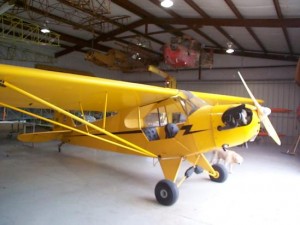
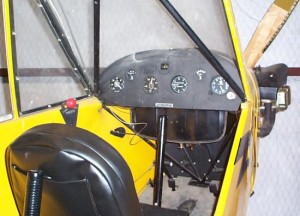
My Piper J3 Cub CF-NGX
It wasn’t long before I had a chance to buy my own aircraft when a Piper J3 two place tandem aircraft came up for sale. A farmer at Lake Simcoe about 60 miles north of Toronto advertised one for sale for $2,400.00 on a piece of paper on the wall in the flight office. I rang him and agreed to buy it and would have someone drive me to his farm. The plan was to fly it home the following Saturday. The weather was OK when we left Toronto but by the time we got there, had a test flight and was ready to depart, the rain and a line squall with high winds was between me and the airport back at Toronto. I made the foolish decision to go hoping somehow I would fly through the rain and find Markham airfield. I took off and scared the living daylights out of myself on that flight. Visibility was poor and the southerlies were slowing my 80 knots to about 40 knots ground speed. My dead reckoning IFR (I follow railways) got me so lost that I was heading far to the east of Markham. When you are young you are bulletproof and that was the best lesson ever for the hundreds of flying hours that followed. I never wanted to go through that again!
The J3 was a joy to fly. Mine was first registered in the USA with a 65 HP engine by the US Border Patrol until it was crashed sometime in the early 1940s. It went through a number of owners and rebuilds until I bought it with a 75 HP engine installed. It would get off the ground in about 300 feet and land in not much more. One of the joys of flying a Cub is that it has no flaps whatsoever and you have to learn to “sideslip” on to the runway to bleed of speed. Left rudder combined with right ailerons and the aircraft crabs to the left on its way down with a lot of drag. Of course you straighten up the aircraft just before you stall it out onto the runway. Another joy is the side clamshell door. The top half clipped up to the wing and the bottom half folded down vertically so that the whole side was open as you flew around souther Ontario skies in the balmy summer evenings.. It really was grass roots flying at it’s best. It came with a pair of skis for operating from snow covered fields. Thet changed the whole nature of the aircraft as the skis added weight and drag. That, combined with the drag of snow resulted in take-off runs of 1000 feet to get airborne and a slow climbout. Nevertheless, flying during the winter was interesting and a lot of fun. It was also extremely cold as there was no heater!
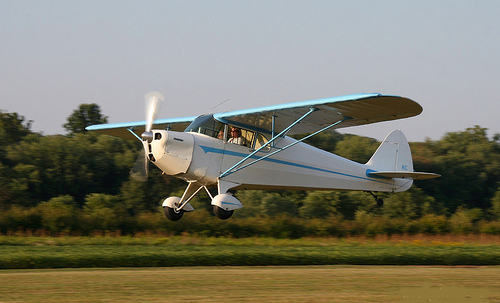
My Piper J4
I had a great offer for the J3 about a year later and saw a Piper J4 for sale. The only difference was that it was two place side by side and I decided to buy it after a test flight. Bad decision! It had the 65HP engine and because the body was wider, had more drag. In fact it was a pig and I have regretted selling the J3 to this day. I managed to quit the J4 within a few months at the same price. Around this time I discovered the Champion Citabria and aerobatics.
The thrill of throwing an aircraft around the sky along with “What the hell just happened then?” moments are what aerobatics are all about. I was OK with the basic stuff like loops, barrel rolls, snap rolls and Immelman turns but all too often I would fall out of the sky at the top of a loop. Still, looking up at the ground and down at the sky from the top of a loop is great fun and the rest of the world fades away. I love the way the professionals do it. Have a look at this short video clip below: Woo-Hoo! from TimnEvan on Vimeo ……..
Woo-Hoo! from TimnEvan on Vimeo.
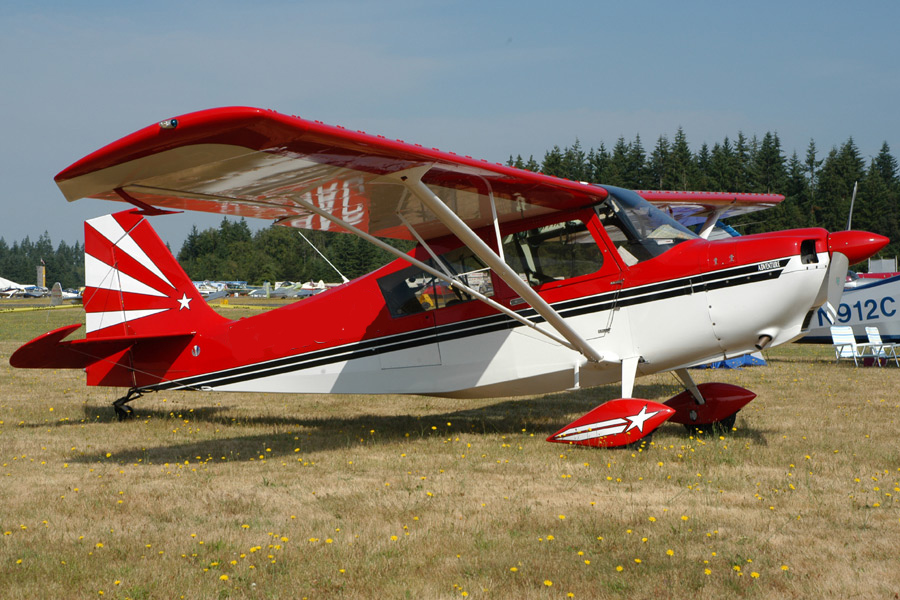
Flying the Citabria (Aerobatic spelled backwards)
The Citabria was whole different world of flying. I was OK with loops and ponderous rolls in the J3 Cub which was exhilarating but the Citabria was actually designed for aerobatics. It had a 150HP engine and a shorter wing span along with being able to withstand both positive and negative G-force. Consequently, you could do snap rolls which would almost take your head off as the roll rate was brilliant. Nothing like a Pitts Special but nevertheless a world away from a J3. I just loved the Citabria. Going up for an hour of throwing the aircraft around in the evening southern Ontario skies really put the day to day worries of everything in your life out of your mind. Up at 5,000 feet you really couldn’t get into trouble as letting go of the controls would let the aircraft recover on it’s own and the that’s a good thing as stalling out on the top of a loop resulting in an inverted spin is frightening the first time you do it without an instructor.
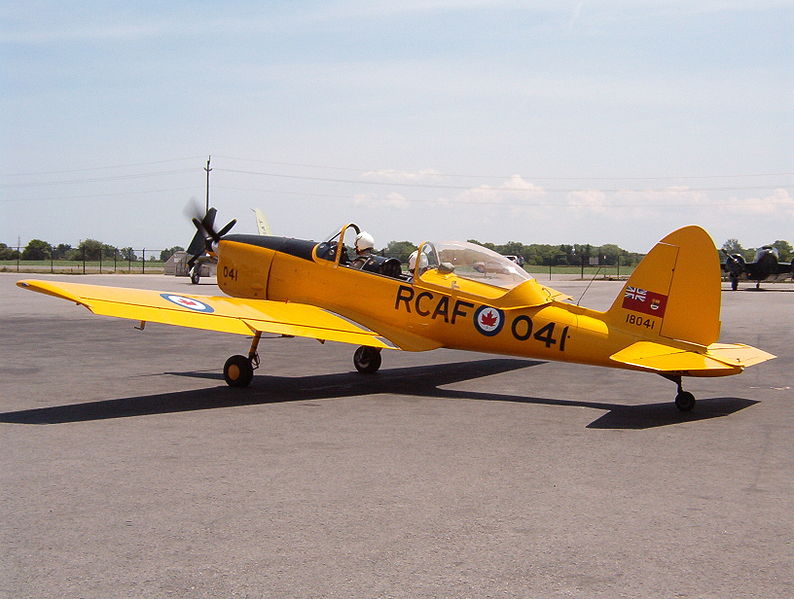
Flying the Chipmunk
The Chipmunk was designed by the Canadian de Havilland company for use as a primary trainer in both Canada and the United Kingdom. Slightly over 200 machines were produced in Canada, but over 1,000 were manufactured in Britain. A further 60 Chipmunks were produced in the late 1950s under license in Portugal. Few of these airplanes have made their way into the United States, but of those that have, most have been extensively modified for acrobatic and airshow work.
The Canadian versions had a beautiful sliding bubble canopy. The 145 hp Gipsy Major four-cylinder engine turns a metal Fairey-Reed prop. The fuselage and wings are of all metal construction, but the ailerons, elevators, and rudder are fabric covered. The Canadian government decided to sell their fleet of 28 in tender by 1963. The Oshawa Aero Club just east of Toronto bought two along with a few private individuals in the Toronto Area. They were stripped of paint and finished in polished silver. The club hired them out by the hour and I decided to get a checkout certification and do some serious aerobatics.
The Chipmunk was a lovely aircraft to fly but had a couple of vices. The Gypsy major engine rotated the prop counter clockwise and when you spun the aircraft to the right it would recover easily. Spinning to the left was a bit hair raising as the spin carried on for another complete two to two and half turns before recovery. The main problem was lack of rudder size which resulted in another problem if you opened the throttle too quickly on take-off. The aircraft became uncontrollable and headed of the runway to the left as I found out to my horror one day. The Chipmunk is a great aircraft for aerobatics though.
Over the few years that I flew I was checked out in Cessna 140, 150, 172 Skylane and the 180. I also flew the Cherokee series of aircraft up to the 180. In New Zealand I checked out in the Bolkow 240 in Palmerston North when I was a member of the Middle Districts Aero Club.
 The most interesting aircraft I ever flew was a Piper Comanche PA-28 400. What an amazing performance aircraft it was. A mate of mine at the Buttonville Airport in Toronto was the CFI and allowed me to fly it on a delivery flight to Goderich. It had a 400 HP engine driving a three bladed prop and would climb at 1600 FPM like a fighter aircraft. Cruising speed was just under 190 knots and would get you to point B very quickly indeed. The ultimate in flying of course is actually flying without an aircraft. New windsuit technology now allows you to do just that. Enjoy the breathtaking and amazing short video below…….
The most interesting aircraft I ever flew was a Piper Comanche PA-28 400. What an amazing performance aircraft it was. A mate of mine at the Buttonville Airport in Toronto was the CFI and allowed me to fly it on a delivery flight to Goderich. It had a 400 HP engine driving a three bladed prop and would climb at 1600 FPM like a fighter aircraft. Cruising speed was just under 190 knots and would get you to point B very quickly indeed. The ultimate in flying of course is actually flying without an aircraft. New windsuit technology now allows you to do just that. Enjoy the breathtaking and amazing short video below…….
Exploring the Sky: Wingsuit Flying from Richard Schneider on Vimeo.
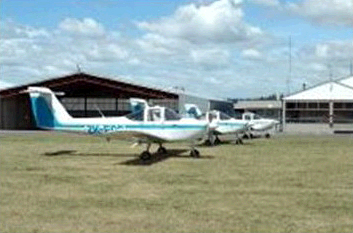 I flew again in 1978 when Peter Kidd at Bridge Pa Aerodrome checked me out in a Tomahawk. There were a lot of things going on in my life at that time what with restoring an old house that I decided to give up flying. The main reason was that it started to become very expensive and just going up for an hour every few months to maintain my licence didn’t really appeal. I did fly again in 2002 and again in 2003 when, with the assistance of an instructor in the right hand seat, I took each of our two sons for a flight out over Hawke’s Bay and Napier in a Cherokee.
I flew again in 1978 when Peter Kidd at Bridge Pa Aerodrome checked me out in a Tomahawk. There were a lot of things going on in my life at that time what with restoring an old house that I decided to give up flying. The main reason was that it started to become very expensive and just going up for an hour every few months to maintain my licence didn’t really appeal. I did fly again in 2002 and again in 2003 when, with the assistance of an instructor in the right hand seat, I took each of our two sons for a flight out over Hawke’s Bay and Napier in a Cherokee.
It was great fun and a wakeup that I am not as young as I used to be. The flights went well. I suppose it was a bit like riding a bicycle. You never really forget. You just become a bit rusty!

